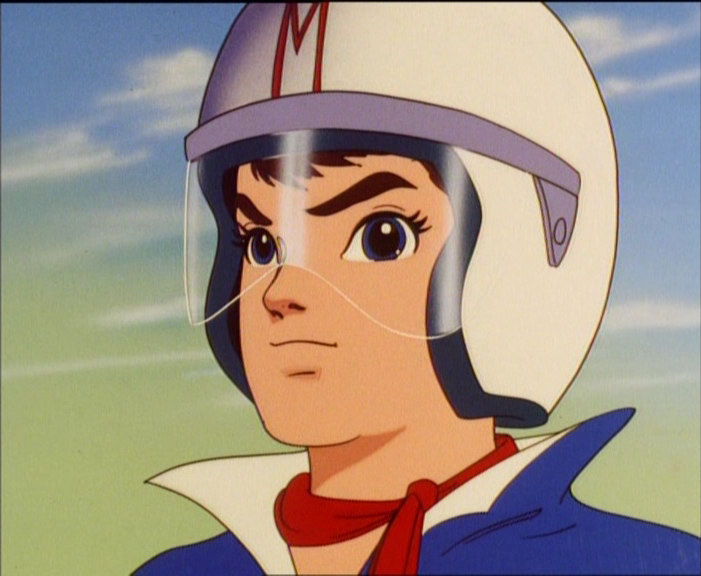
A common saying goes, “you’re only as strong as your weakest link”, so I’m gonna start this self-analysis with all the weak points in my presentation. First of all, I’d like to make the statement that its unbearably hard to watch oneself perform. Like, I had to stop the video whenever I saw someone even passing me, because of the embarrassment it brought. I’m sure there’s a psychological explanation for why I feel this way; like the ID acting out to protect itself or something, but this blog is not the venue for that discussion.
The first think I noticed reviewing myself, was that I need to speak slower. It seemed as if I was in some SAW movie, with a bomb strapped to my leg that would go off if I didn’t complete my speech in a certain time. This speedy talking may get me out of a speeding ticket, but it only leaves the audience in a “wait a minute….could you repeat the 8 points you just made in 3 seconds?” state of shock. In my defense, whenever I practiced my speech, I took over 6 minutes, so I knew ahead of time that I needed to be speedy. Lesson #1 learned: slow down speed racer, set a steady pace.
I’m not sure if the camera’s audio reflected reality, but if it did, I need to have a better understanding of the level of my voice. The other big problem I had watching it was my conclusion… or lack there of. I just wanted to get done and sit down, so I skipped over my conclusion. Lesson learned #2: Take the time to conclude everything you just said.
Now for some positives: I think I did an alright job of explaining my topic, I could have expanded on relevance a little, and I think my steps were organized. Overall, I think this speech was par for the course..



